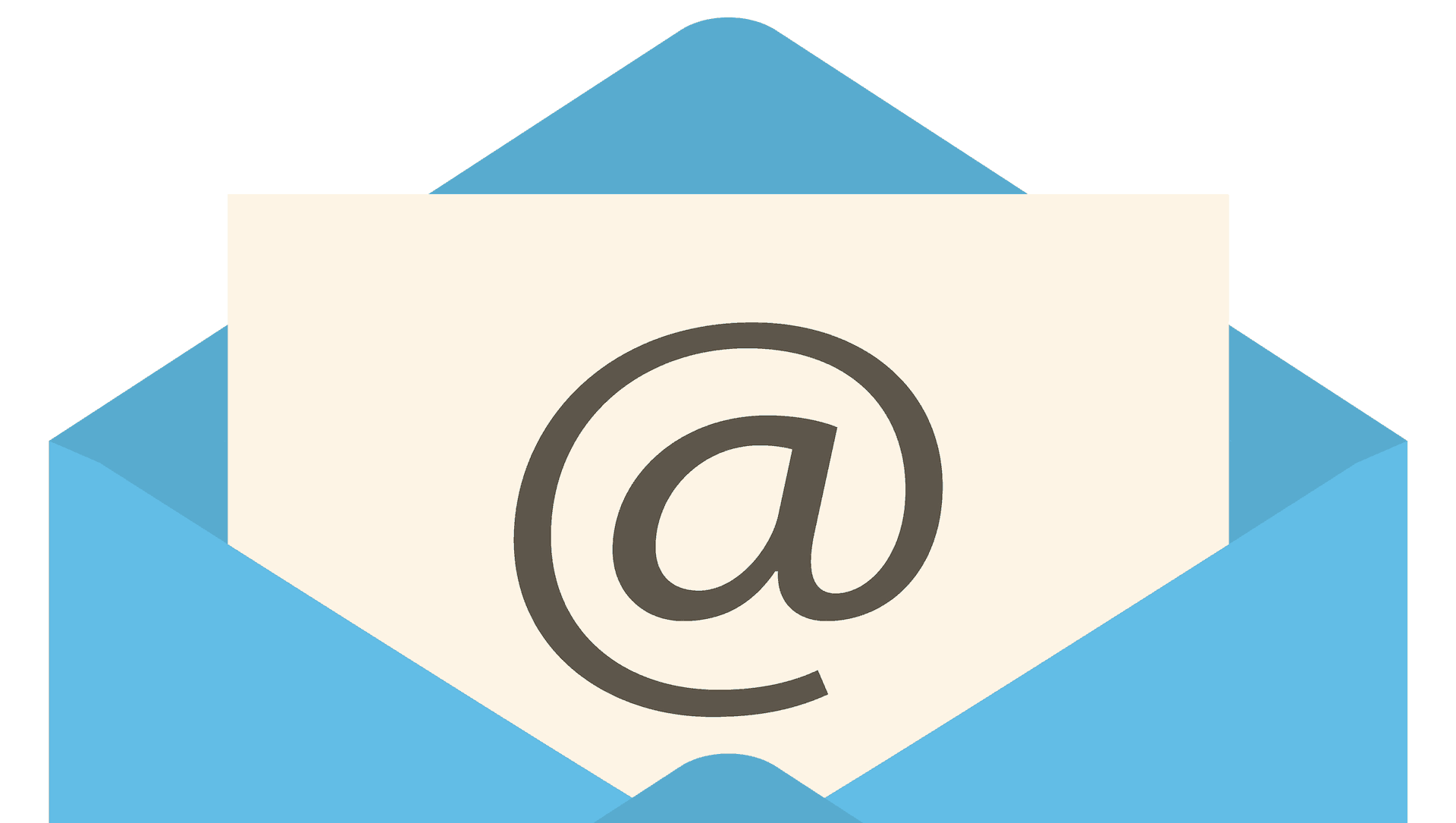To Read or Not To Read
What type of email reader are you (or your co-workers)? Pick one:
- You receive an email with three questions and respond by answering one.
- You glance at the subject line, scan the email and quickly provide what you think the sender is looking for.
- You read the email and think: “What did he mean by that?”
Email can be a great method of communication. It’s quick and convenient and in a written format that can be referred back to later. But, email also brings new communication challenges.
According to a study by market research firm Jupiter Kagan, consumers receive about 274 personal emails a week and another 304 at work per week. With that much volume, it is understandable most people scan emails (79%) and only a small group read the entire email (16%).
Obviously, the minimal time spent reading an email increases the likelihood of miscommunication. When you consider that email recipients also do not have the chance to read body language or voice inflection, the possibility of misinterpreted messages increases even more.
What can we do to improve email communication? One solution is probably easier said than done: Read the whole email at least once and maybe even twice. We all have a lot going on and perceive ourselves as busy. However, reading the entire email and responding in a timely fashion actually saves you and your co-workers time.
We can also increase readability of emails by following tips from Jacob Nielsen, often described as the guru of Web Usability, on how to improve web writing:
- Create a ‘Two Second Grab’ with your initial sentence because the decision to read on is made quickly
- Feature interesting subject lines and meaningful subheadings
- Be concise—use half the word count or less of conventional writing
- Focus on one idea per paragraph
- Utilize bulleted lists
And, when in doubt, use an old stand by like face-to-face meetings or telephone calls to communicate with co-workers and customers.


